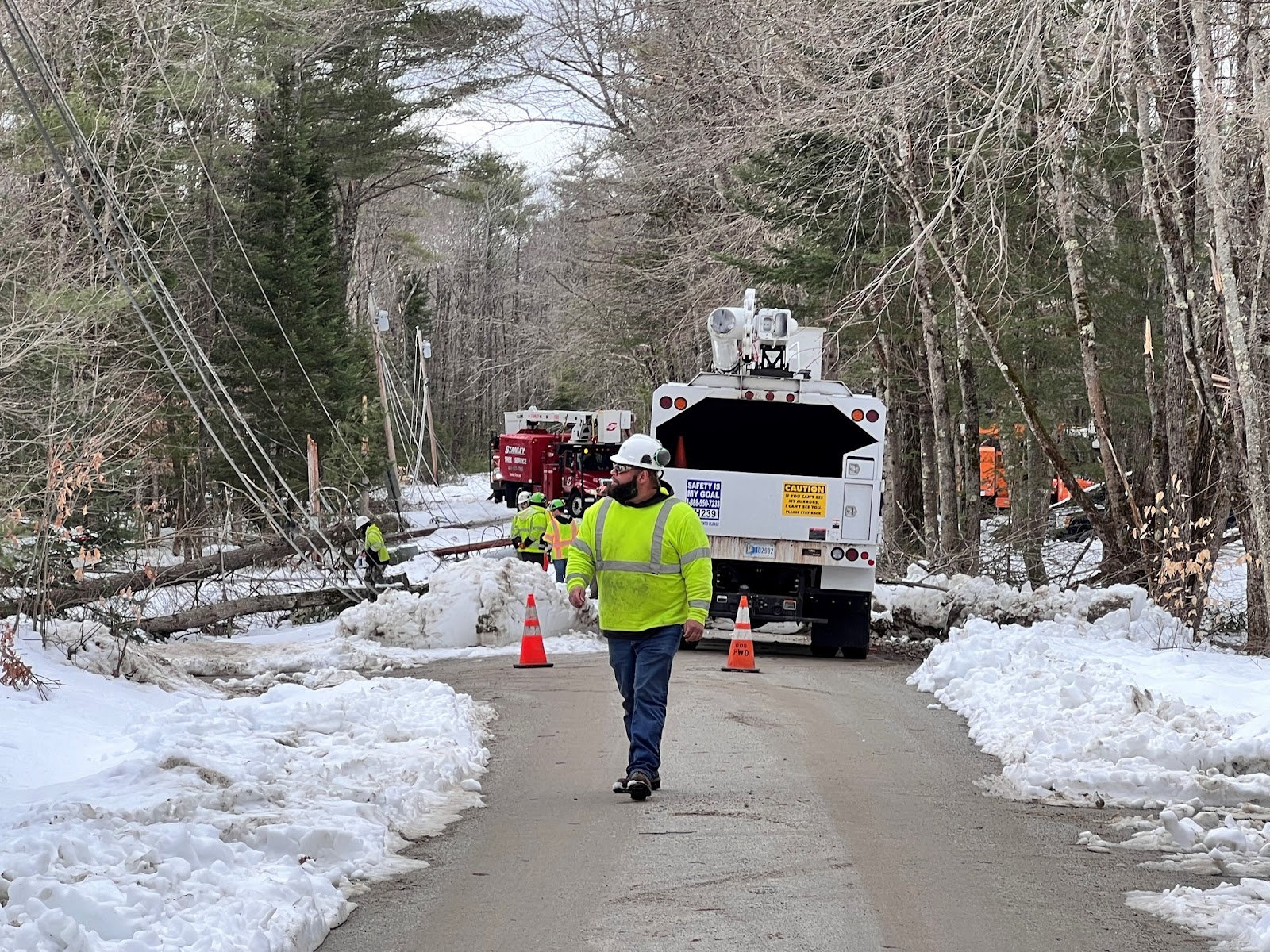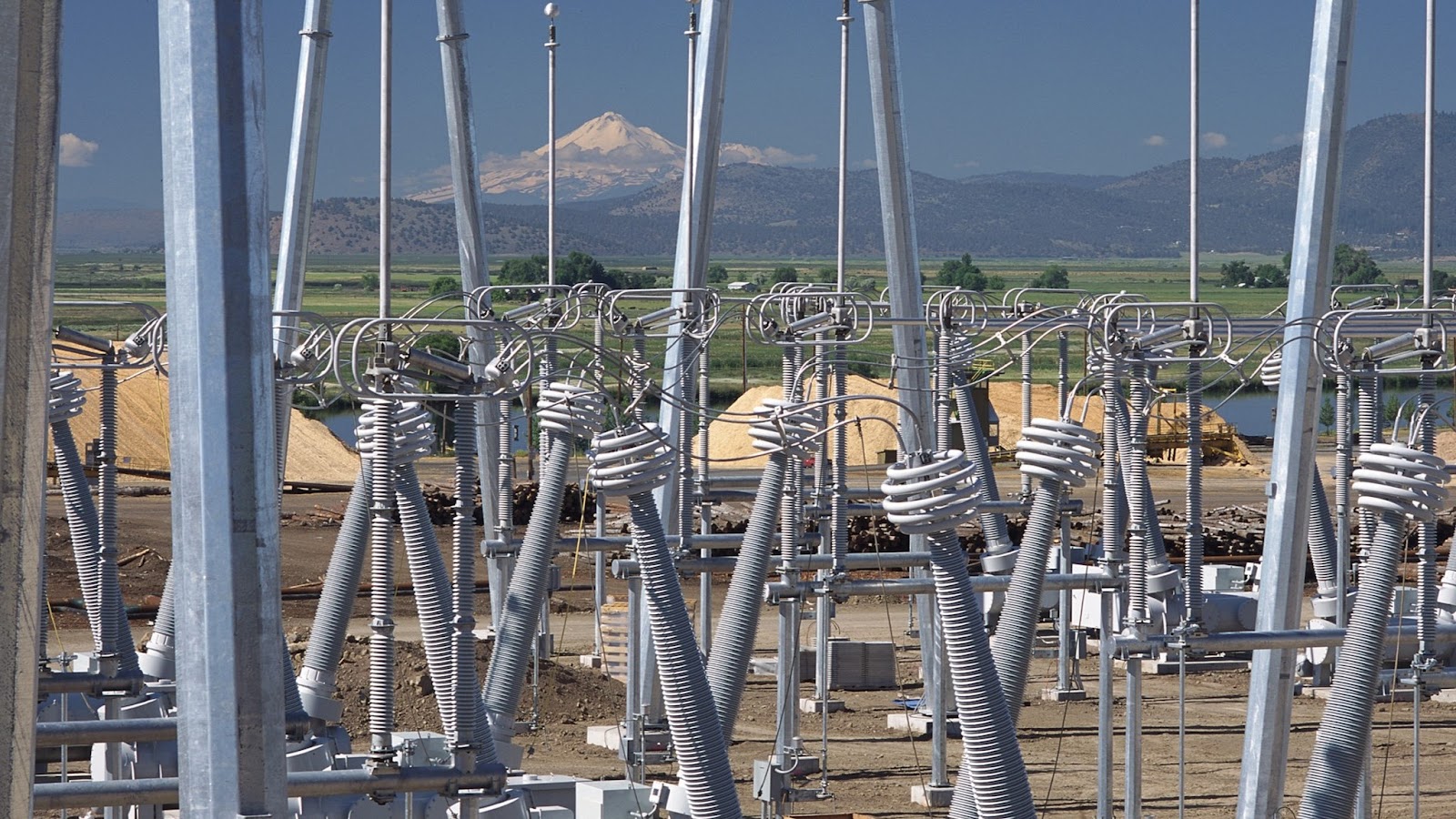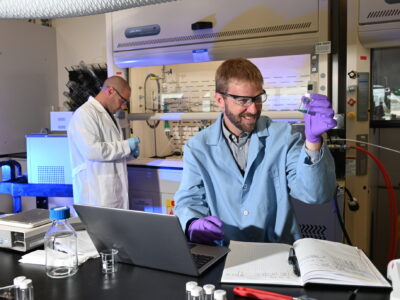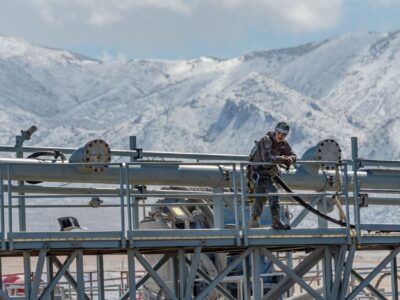In April, over 400 executives from the power, energy transition, infrastructure, finance, investment, and government sectors converged in Las Vegas for the S&P Global Power Markets Conference. Lynda Clemmons, NRG’s chief sustainability officer, Raj Mahagaokar, Grid United’s chief financial officer, and Anthony Fratto, the American Clean Power Association’s senior director of research analysis, all spoke at the conference.
One of the most notable speakers was Pedro Azagra, CEO of Avangrid, which owns and operates 75 domestic energy generation facilities with a combined capacity of 10.5 gigawatts (GW) that supply more than 3.1 million people. Last year, Avangrid estimated that its existing clean energy projects reduce carbon emissions annually by about 23 billion pounds, equivalent to the amount produced by 2.5 million cars per year or the amount created by burning 11.5 billion pounds of coal.
The company also runs eight electric and natural gas utilities in New England and New York, including Central Maine Power Company and Maine Natural Gas Corporation, which serve 3.3 million people. Last year, the U.S. Department of Energy awarded $31.8 million to Central Maine Power through its Grid Resilience and Innovation Partnerships program. With funding from the Bipartisan Infrastructure Law, the state aims to build a power grid that utilizes more smart technologies to connect more renewable energy sources and deliver energy more efficiently.

Photo Courtesy Avangrid
At the start of the year, the company had already committed $11.1 billion in investments in Maine, Massachusetts, New York, and Connecticut for the upgrade and expansion of electricity and natural gas transmission and distribution infrastructure. At the conference, Azagra discussed the company’s March announcement that it would invest $20 billion in the American electrical grid infrastructure by 2030, which it says could also include opportunities for additional energy generation facilities. That announcement came on the heels of meetings at the CERAWeek Global Conference between Azagra, Ignacio Galán, executive chairman of Avangrid’s parent company, Iberdrola, and policymakers, including U.S. Secretary of Energy Chris Wright.
By modernizing and expanding its grid infrastructure with this investment, Avangrid aims to increase energy capacity to meet growing energy demand and enhance resiliency and reliability in the face of increasingly common and extreme weather events. Some of the funding, therefore, will go toward upgrading and protecting substations and transmission lines.
As Azagra reflected on the heels of a winter cold snap in January, “Even in the midst of freezing temperatures, our energy assets are proving to be an affordable and reliable source of electricity for thousands of people across the country. I am grateful for the hundreds of technicians who work at our projects all year to ensure we are providing electricity when it’s needed the most. Our projects are maximizing American energy production, delivering reliable power, and enhancing our national security, all while growing the economy.” The Edison Electric Institute honored Avangrid subsidiaries Central Maine Power and New York State Electric & Gas with Emergency Response Awards this year.

Photo Courtesy Avangrid
The keys to Avangrid’s mission are innovation and people. Earlier in April, the company held its eighth Innovation Forum at The Engine, an MIT-founded incubator, with a focus on technologies ranging across artificial intelligence, battery storage, and robotics. It featured a startup pitch competition, an avenue through which it supports innovation, in addition to its One Avangrid Accelerator Program and annual student Hackathon. In 2024 alone, Avangrid invested $104 million in innovation projects, and it collaborated on ten pilot projects.
At the S&P Global Power Markets Conference, Azagra also discussed Avangrid’s emphasis on local sourcing and manufacturing. In 2024, the company paid $4.3 billion to American suppliers, who represent 96% of its supply chain, simultaneously supporting American jobs and local communities.
The company is also investing in a green workforce. Last year, Iberdrola supported Economist Impact in conducting research that found 81% of American business leaders thought that green skills will be the most critical driver of the green transition, with Galán commenting, “The opportunities presented by the transition are vast, but it is critical that both businesses and policymakers are sharply focused now on ensuring people are equipped with the right skills and training. Without skilled workers, the transition will not be delivered, and the benefits will not be realised. Those who plan well will lead and be at the forefront of the transition.”
To facilitate this, Avangrid built its National Training Center last year to enable the company to train new solar and wind technicians efficiently; the second cohort graduated last December. “By investing in comprehensive training programs, we are not only enhancing the capabilities of our new hires but also empowering our existing workforce to excel in their roles,” Azagra explained.

Photo Courtesy Avangrid
As Azagra reflected, “The Global Power Markets Conference is an invaluable opportunity to engage with industry leaders and share Avangrid’s commitment to helping the nation meet its energy demand in an evolving energy landscape. I was encouraged by the conversations and partnerships emerging from this week’s conference and can say Avangrid is a committed partner and leader in the U.S. energy future.”





